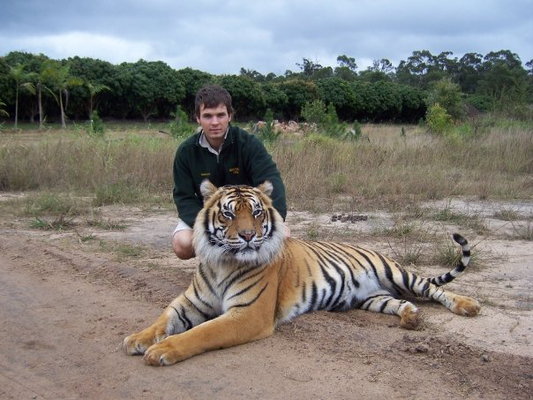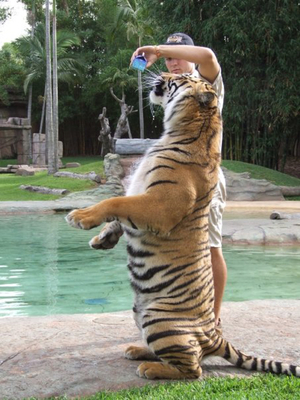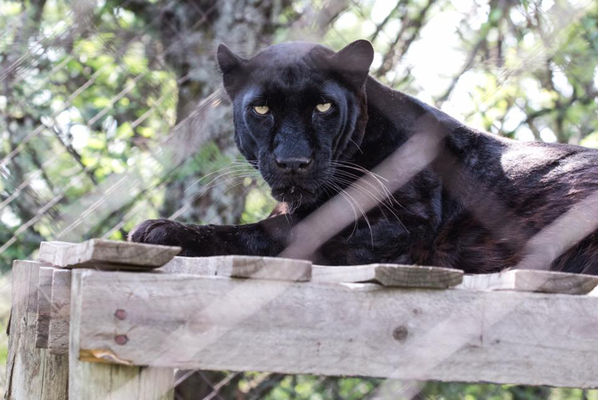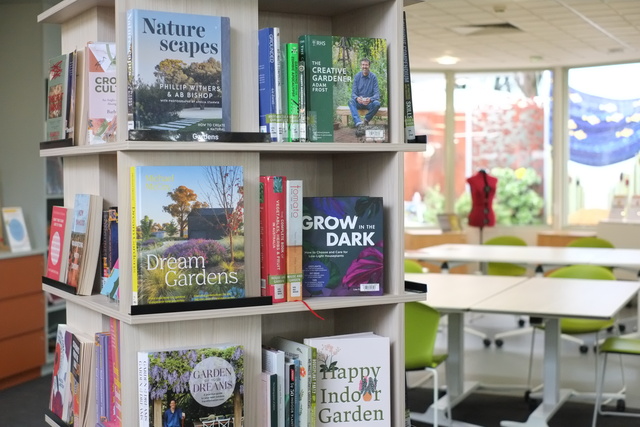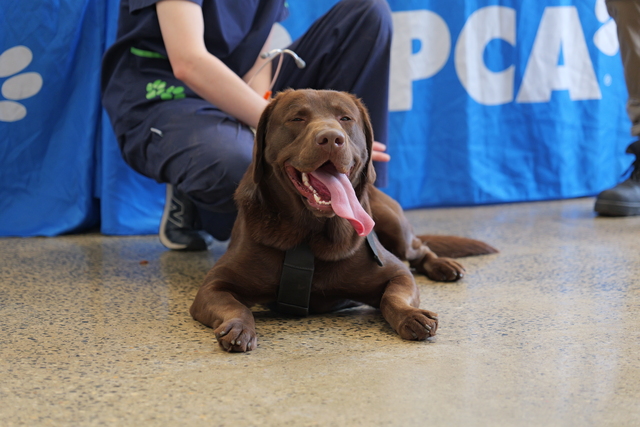By Peter Douglas
The Yarra Ranges is one of the “hottest” locations in Australia right now for big cat sightings, according to a pre-eminent investigator.
After recent inquiries in Perth and Illawarra, former Australia Zoo big cat handler Vaughan King has made a beeline for the Yarra Ranges, which he will call home for a few months, to follow up on a spike in reports.
Vaughan’s efforts follow on from a young Kalorama couple who late last year reported seeing two big cats near Maroondah Reservoir, as well as two reported sightings last week in the Toolangi State Forest.
He said it was easy to envisage how big cats could not only survive, but thrive in the Yarra Ranges, where there have been numerous sightings reported since 2000.
Such cases include at Cockatoo, Montrose, Upwey, Mount Dandenong, Seville, Warburton, Yarra Junction and Healesville.
“Just according to recent activity, I’d say this is one of the biggest hotspots right now. If you go by not just what’s on my website, but word of mouth and what’s reported on internet forums,” he said.
“I firmly believe we have three species (in Australia); the leopard, jaguar and cougar.
“I’ve been through the Toolangi forest before, it’s amazing.
“And those three species, in particular two are the most adaptive. The cougar is found in deserts and jungles of South America; while the leopard is found Asia, in 75 different countries, and is very adaptive.”
During his time in the Yarra Ranges, Vaughan will take time to talk with sources, set up ‘camera traps’ and search for scratchings, footprints, carcasses or other evidence of big cat populations.
Stories of big cat sightings in the Yarra Ranges are far from a new phenomenon, with one theory existing that a Monbulk man who owned a miniature zoo about 30 years ago released his animals into the bush.
But Vaughan said he was devoting much effort to transforming the big cat legend into fact.
Vaughan first became interested in big cat research during his time at Australia Zoo, where he worked with Bengal and Sumatran tigers, and even hand-raised cubs.
“I’m certainly not the only person in Australia that’s doing this, but I’m making it my mission to prove it once and for all,” he said.
“That’s why I’m here. You’ve got to go where the sightings are and two sightings in a week is pretty damning.”
Vaughan believes completely there are big cats in Australia, and has different theories about how this may have occurred.
“One theory is they are escaped US mascots from the World War II era, when around one million US servicemen passed through Australian ports during the war,” he said.
Also, Vaughan said he’s spoken with a former circus owner “who admitted to me that they had plenty of accidents over the years”.
To help his research, Vaughan – along with around six volunteers – established the group Panther People and a website, where people can both report anonymously and explore sightings.
“I take every sighting with a grain of salt. But at the same time, if someone looks me in the eye and tells me ‘I’ve seen a big cat’, I give them the benefit of the doubt,” he said.
“I believe about 30 per cent might be misidentification for feral cats. But a big feral cat only gets up to about 20 kilograms. These cats start at 60 to 70 kilograms.”
To view the Panther People website, visit www.pantherpeople.com; or try the Facebook page at www.facebook.com/pantherpeopleaustralia.
Finally, Vaughan advised if you ever encounter a big cat, just “stand your ground”.
“Don’t run; that’s the worst thing you can do. With predators, that just ignites the little instinct in their brain to start chasing,” he said.
“There’s not been a documented attack to date. But if you see one, stay calm,” he said.

